
About 73 percent of people aged 16 to 25 reported having used TikTok last year, up from 24 percent in 2019, according to a survey by the National Communications Commission. The annual report, published last month, focused on streaming platforms, social media and instant messaging apps frequently use

EVA Airways on Saturday said that it had suspended a pilot and opened an investigation after he allegedly lost his temper and punched the first officer several times as their plane was taxiing before takeoff at Los Angeles International Airport.According to a report published on Thursday by The Rep
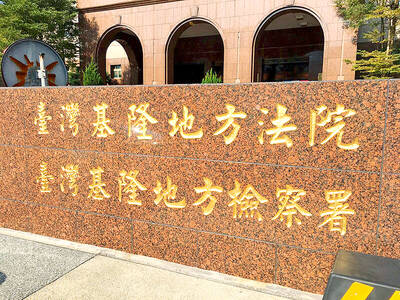
A Keelung man has been sentenced to two months in prison for threatening to kill Keelung Mayor George Hsieh (謝國樑) over a water issue with his home.The Keelung District Court said in the verdict that the man, surnamed Chang (張), called the city’s citizen hotline at 7am on March 14 last year after be

SWEET TREATS: 30 percent of children across Taiwan are overweight, owing to poor diets and parents and schools not working together to fix it
A survey released yesterday by the Child Welfare League Foundation yesterday showed that 30 percent of the nation’s children are overweight, and more than half of children consume junk food or bubble tea once a week or more.The foundation said that from September to October last year it collected 1,
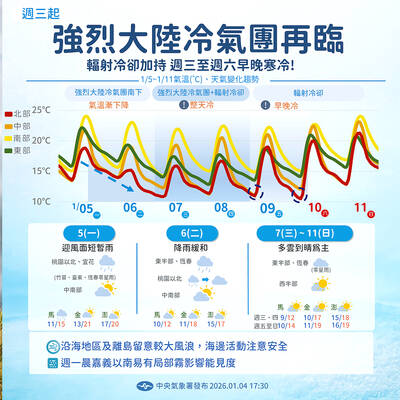
A strong continental cold air mass and radiative cooling sent temperatures plunging across Taiwan early yesterday, with the lowest recorded temperature in low-lying areas down to 4.8°C in Hsinchu County’s Guansi Township (關西), the Central Weather Administration (CWA) said.The next-lowest temperature

A Panama-flagged bulk carrier that ran aground off Hualien County on New Year’s Day was successfully refloated on Saturday and towed into Hualien Port, with no oil pollution detected, authorities said yesterday.After passing hull inspections, the vessel, CSE Prosperity Express, was refloated by

A wild Formosan Reeves’s muntjac wandered into Taipei Zoo yesterday and was later captured and released back into nearby forest after staff confirmed it was healthy, the zoo said.Zoo staff used capture nets and tarps to contain the small deer and place it in a cage, footage of which circulated o

CROSS-STRAIT: Procedures for urban projects and environmental impact assessment in the free-trade zones would be streamlined, a draft act proposed by the KMT says
The Mainland Affairs Council (MAC) yesterday reiterated that cross-strait affairs should be handled under the framework of the Act Governing Relations Between the People of the Taiwan Area and the Mainland Area (兩岸人民關係條例), following a proposed amendment to the Offshore Islands Development Act (離島建設條

National security intelligence suggested China has set out four prerequisites and four corresponding commitments for a summit between Chinese President Xi Jinping (習近平) and South Korean President Lee Jae-myung, including requiring Seoul to publicly reiterate the “one China” principle, sources said o

‘GRAY ZONE’: The real threat China’s navy poses is not coming from its civilian fleet, but from undercover ships that can launch fiber-optic drones, a researcher said
Chinese vessels flying another nation’s flag could be deployed in “gray zone” operations around Taiwan, a civil preparedness advocate said on Friday. Taiwan National Security Institute deputy secretary-general Ho Cheng-hui (何澄輝) made the remarks after the Yomiuri Shimbun on Thursday reported on the

Chinese Nationalist Party (KMT) Chairwoman Cheng Li-wun (鄭麗文) yesterday accused a US think tank of being “in cooperation with the Democratic Progressive Party’s (DPP) rumormongering” following its claim that she echoes the Chinese Communist Party’s (CCP) narrative. A recent report by the US-based In
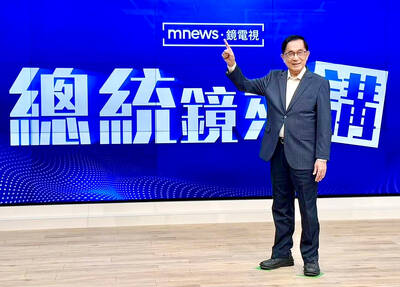
Former president Chen Shui-bian’s (陳水扁) political talk show on a local cable TV channel was canceled before its first airing yesterday, as authorities cited possible contraventions of medical parole. The interview-based program was scheduled to premiere on Mirror TV’s YouTube channel and be broadcas

Lunar New Year dishes are displayed at the Tainan Shopping Festival at T.S. Mall in Tainan yesterday.
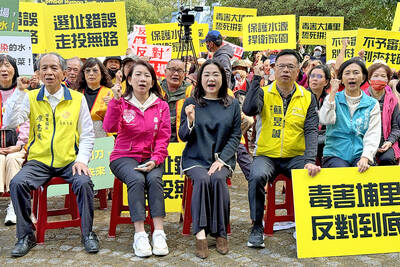
From left, front, Puli Township Mayor Liao Chih-cheng, Democratic Progressive Party Legislator Lo Mei-ling, Chinese Nationalist Party (KMT) Legislator Ma Wen-chun, and Nantou County Councilors Su Yu-cheng and Chen I-chun gesture during a protest against a proposed waste landfill project in Puli Town

Taipei Mayor Chiang Wan-an, center, poses with dancers during an event in the city yesterday titled: “Swinging at Dadaocheng: Remembering the Golden Melody Agogo, Fighting Fraud and Theft With Art.”

‘UNEXECUTABLE’: Twenty-one percent of the total funding would not be spent as planned if lawmakers do not act, harming procurement and maintenance, it said
If the Legislative Yuan fails to pass the defense budget, up to NT$78 billion (US$2.48 billion) — accounting for 21 percent of the budget — would not be allocated according to schedule, the Ministry of National Defense (MND) said, adding that it would hamper deterrence capabilities, asymmetric warfa
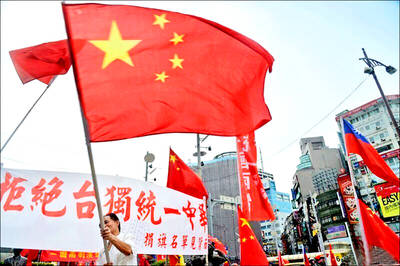
ANTI-’UNITED FRONT’: Draft amendments include penalties for speech advocating war or erasing the sovereignty of the Republic of China, an official said
The Executive Yuan has proposed amendments to laws aimed at counteracting the Chinese Communist Party’s (CCP) “united front” operations, a government official said last week, adding that the changes are necessary, as China’s hostility toward Taiwan has intensified.President William Lai (賴清德) in a hi
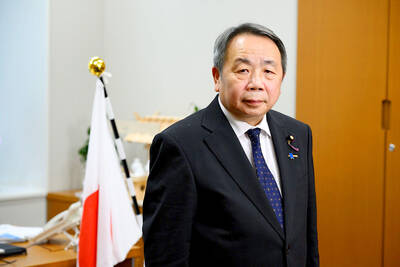
Japanese Councilor Hei Seki (石平) on Wednesday said that he plans to visit Taiwan, saying that would “prove that Taiwan is an independent country and does not belong to China.”Seki, a member of the Japan Innovation Party, was born in Chengdu in China’s Sichuan Province and became a naturalized Japane

STAGNANT SURCHARGES: Additional costs of buying tobacco have remained where they are for years, limiting the effectiveness of the dissuading tactic of cost
The government is taking a cautious response to a civic group’s call to raise the tobacco health and welfare surcharge.The nation’s tobacco health and welfare surcharge has remained at NT$20 per pack since it was adjusted in 2009. The Ministry of Health and Welfare (MOHW) and the Ministry of Finance

A reverse-circulation logistics system has been established to recycle and repurpose coffee grounds produced at convenience stores, Minister of Environment Peng Chi-ming (彭?明) said on Tuesday.People in Taiwan consume more than 3.7 billion cups of coffee, producing about 111,000 tonnes of coffee grou
